Key points for the construction of optical precision laboratories in large scientific instruments - Nanjing Expansion Technology
Release time:
2025-06-23 16:45
At the forefront of modern scientific exploration, from ultrafast laser research to precision machining of superconducting cavities, from X-ray technology innovation to quantum physics experiments, scientists are advancing their exploration of the microscopic world with unprecedented precision. All of this relies on a special "scientific cradle"— Optical Precision Laboratory Let's step into this mysterious scientific space and unveil its secrets.
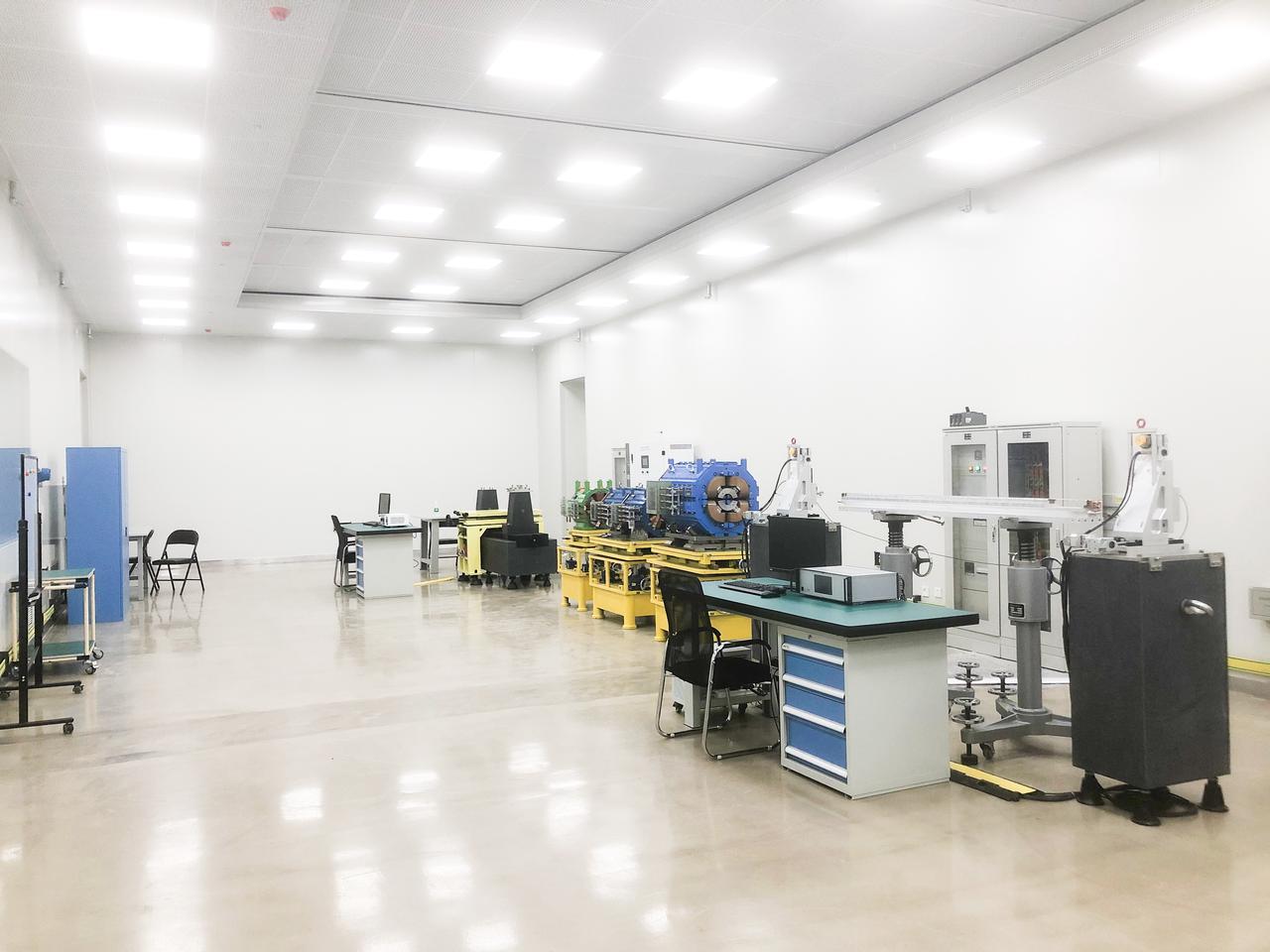
△ Advanced Light Source Technology Research and Testing Platform (PAPS) constructed by Nanjing Expansion Technology
01 Optical Precision Laboratory: The "Super Greenhouse" of Scientific Exploration
(a) The "Super" Characteristics of the Laboratory
The optical precision laboratory in a large scientific instrument is not an ordinary laboratory; it has four "super" characteristics :
Large Scale: The floor area often reaches thousands of square meters, equivalent to several standard football fields.
Multiple Laboratory Types: Includes various functional areas such as lens forming laboratories, optical surface detection laboratories, and sensor research laboratories.
High Technical Requirements: The control precision of environmental parameters such as temperature, humidity, and cleanliness has reached an astonishing level.
High Construction Difficulty: It is necessary to comprehensively consider technical challenges in multiple fields, including architecture, air conditioning, electricity, and automation.
(b) Why is such a precise environment needed?
Imagine that if, during a high-precision optical experiment, a dust particle in the air falls onto a precision optical component, or if there is a slight temperature fluctuation, it could lead to huge errors in the experimental results. The existence of the optical precision laboratory is to eliminate these interference factors and provide a stable and clean environment for scientific experiments.
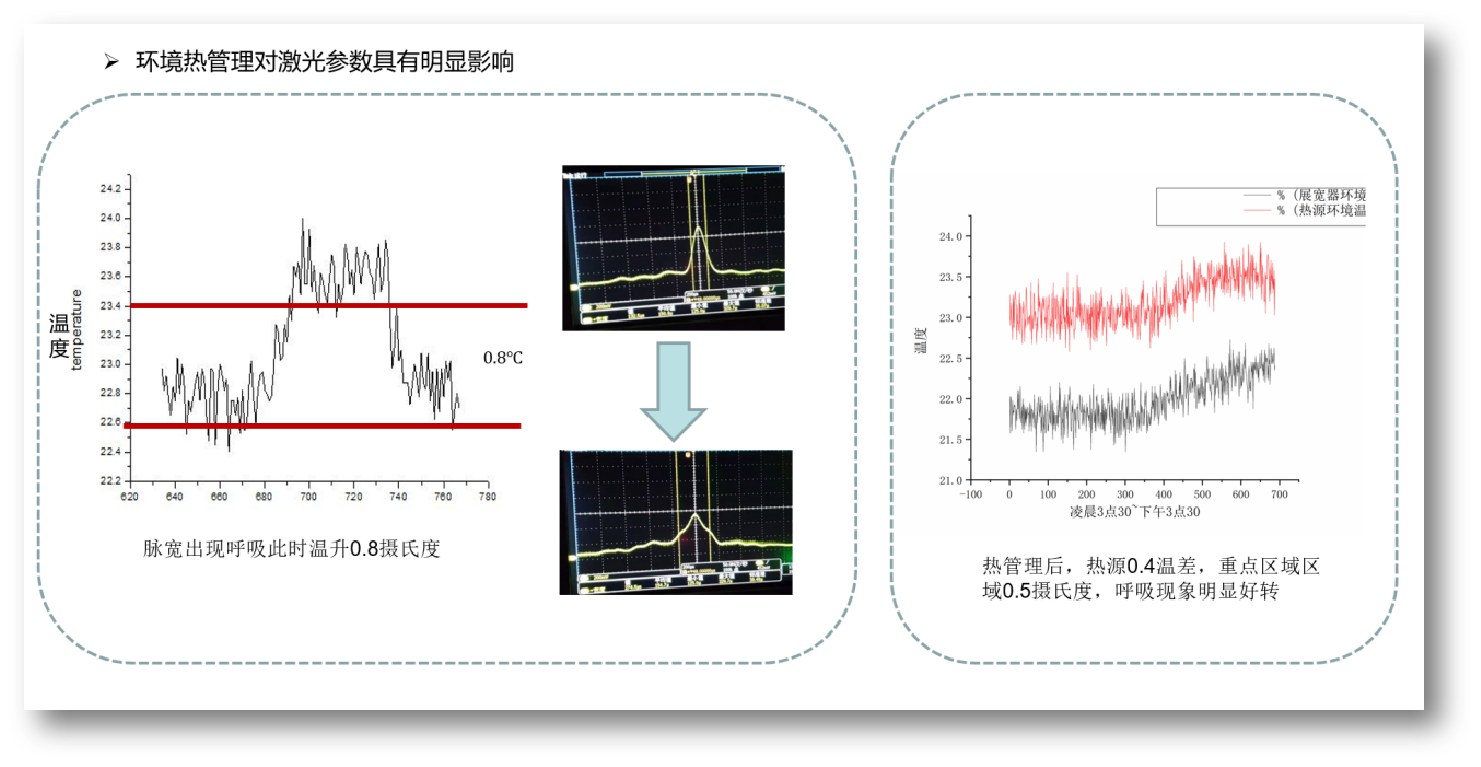
△ Environmental thermal management has a significant impact on laser parameters
Specifically, the impact of environmental factors on experiments is mainly reflected in the following aspects:
Cleanliness: Dust in the air will adhere to optical components such as lenses and crystals, causing diffraction, changing the light field distribution, and even damaging the optical components.
Temperature: Temperature fluctuations will cause deformation of the platform and optical components, affecting optical path stability and beam quality, and also changing air density, affecting light propagation.
Humidity: Humidity fluctuations will affect the stability of the film on the lens surface, causing water condensation on the lens surface, and also causing deliquescence of optical crystals and films.
Vibration: Vibration will cause vibration of experimental equipment and components, leading to optical path jitter and affecting the normal progress of the experiment.
Others: Pressure difference, noise, anti-static, independent grounding, ground load-bearing, etc.
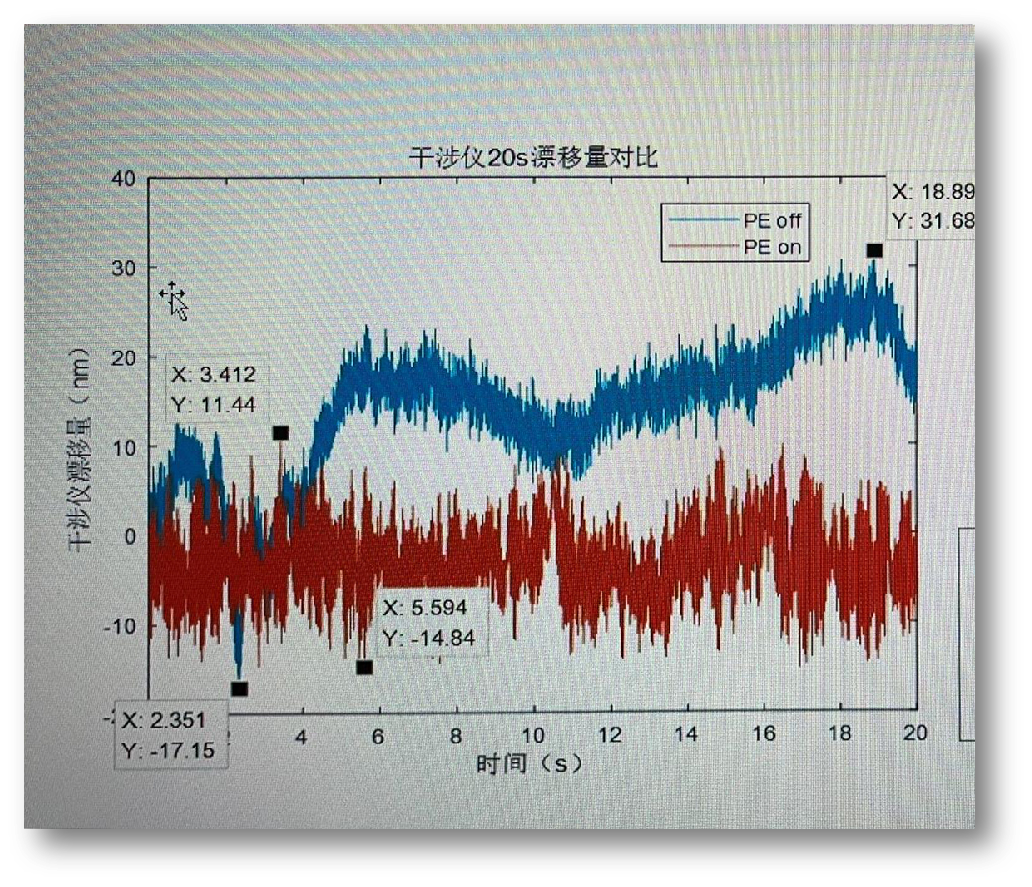
△ After the environmental control is turned on, drift disturbances are significantly suppressed, the fluctuation range is reduced by about 50%, and the standard deviation is reduced by 45%
02 "Hard Indicators" of the Optical Precision Laboratory: Precise Control from Temperature to Cleanliness
(a) Environmental Requirements of Foreign Large Scientific Instruments
Let's look at the experimental environment requirements of some famous large scientific instruments abroad:
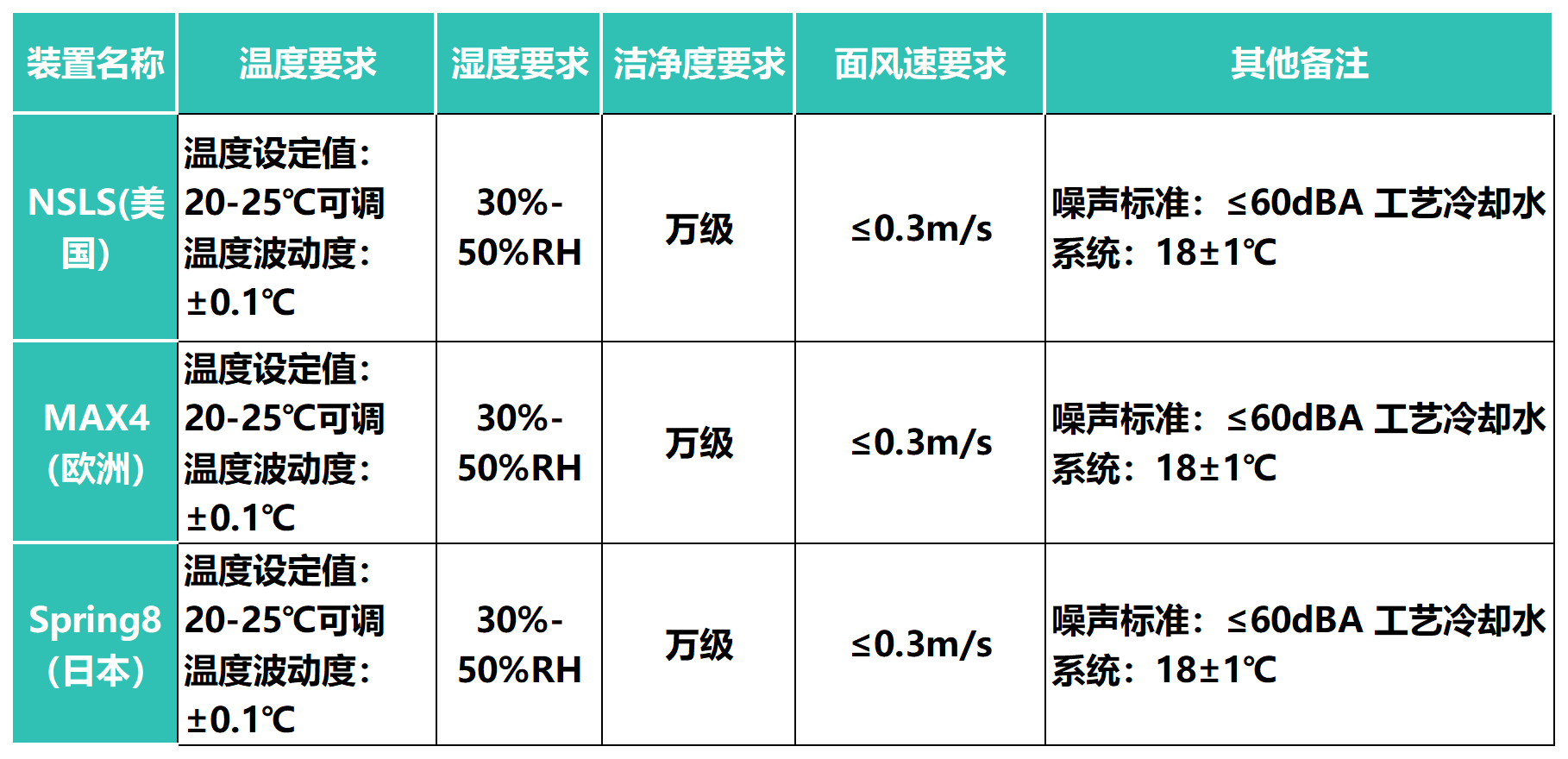
(b) Environmental Requirements of Common Large Scientific Instruments in China
Domestic large scientific instruments also have strict environmental requirements:

03 Construction Solutions for Optical Precision Laboratories: From Design to Implementation
(a) PAPS Photon Science Hall: The "Cradle" of X-ray Technology Innovation
Taking the PAPS Photon Science Hall as an example, the PAPS Photon Science Hall has a total construction area of 4391 square meters and mainly serves X-ray optics, detection, and application systems related to high-energy synchrotron radiation light sources. Its constant temperature and clean environment system provides reliable assurance for the processing and detection of precision optical components and the design and development of detectors.
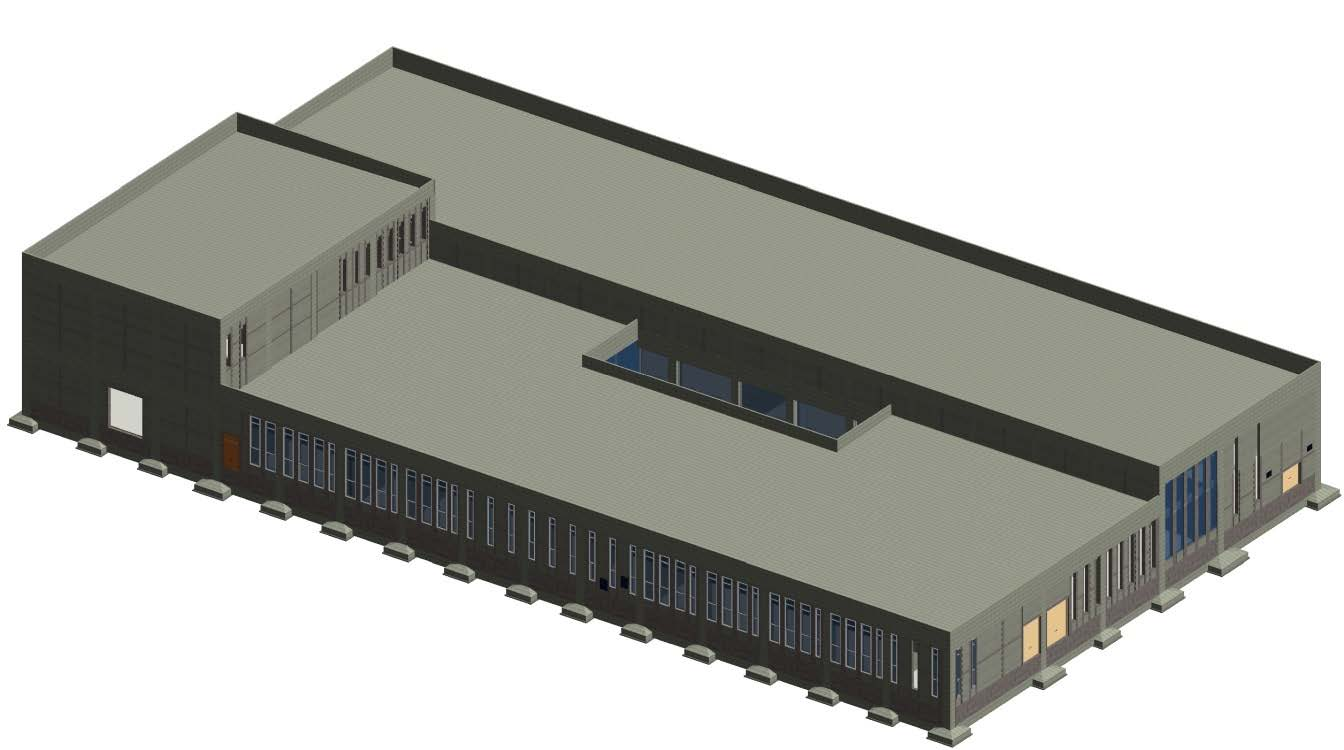
Taking the optical surface shape detection laboratory as an example, in order to reduce the impact of the external environment on the core laboratory, the design team controls the temperature fluctuation in the surrounding area to 20℃±0.5℃, so that the core area is completely insulated. In terms of air handling, a complex process is adopted:
Outdoor fresh air and indoor return air enter the mixed air filtration section of the air conditioning unit for mixing. After primary and medium efficiency filtration, it is cooled and dehumidified by the surface cooler, then heated to near room temperature by a primary electric heater, and then undergoes high-efficiency filtration in the high-efficiency filtration section. The treated air is sent into the air duct by the fan, and finally, the air temperature is compensated by the secondary electric heater installed on the air duct before being sent into the laboratory.
The system adopts an advanced precision control scheme:
Precision refrigeration adjustment: The chilled water valve adopts dual-valve control, with a 1:2 proportional adjustment, a single-valve control accuracy of 1/1000, and through dual-valve design, the control accuracy can reach 1/3000.
Precision heating adjustment: Electric heating is divided into 6 channels of adjustment, with a single-channel control accuracy of 1/300, and with a multi-channel design, the control accuracy can reach 1/1800.
Precision terminal adjustment: Divided into 4 independent controls, each with 2kw of electric heating, a temperature resolution of 0.001℃, a control accuracy of 0.1%, and a response time of no more than 500μs.
(b) Precision Environmental Control Cabinet: The "Precision Microenvironment" of the Laboratory
The precision environmental control cabinet is the core equipment of the optical precision laboratory, independently developed by Nanjing Expansion Technology, which can precisely control the temperature, humidity, cleanliness, and other environmental parameters of the laboratory. This equipment can achieve cleanliness levels of 100, 10, and 1, with temperature fluctuation values of ±0.1℃, ±0.05℃, or even lower, for precise environmental control.
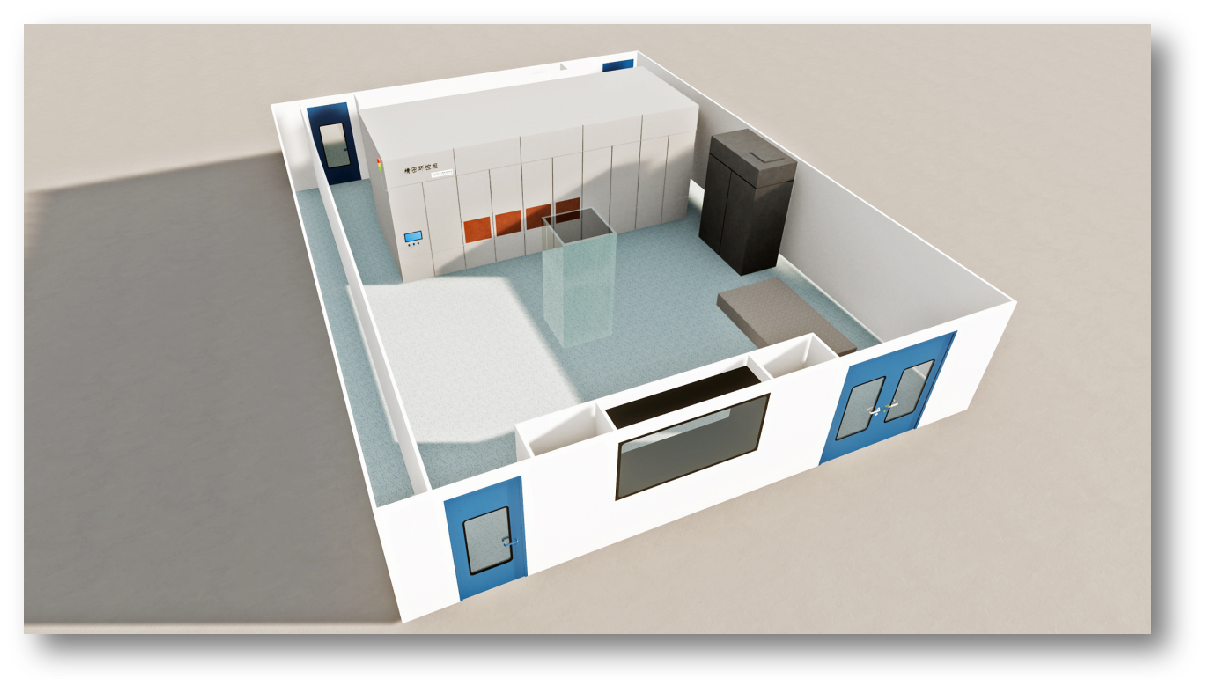
In projects with extremely high requirements for temperature fluctuation, especially in key areas of the overall environment, we maintain relative humidity through the overall environment and achieve the required humidity fluctuation inside the environmental chamber through precise temperature control.
04 Optical Precision Laboratory Construction Service Provider: Nanjing Expansion Technology Co., Ltd.
(I) Corporate Mission and Strength
Nanjing Expansion Technology Co., Ltd., founded in 1999, is a national high-tech enterprise. The company specializes in the overall construction consulting, planning and design, construction and installation, operation and maintenance, and scientific research and development of special experimental environment projects such as constant temperature and humidity, biosafety, clean purification, and high-precision control. In the field of laboratories, it has been recognized by the Jiangsu Provincial Department of Science and Technology as “Jiangsu Provincial Engineering Technology Research Center for Precision Intelligent Experimental Environment Systems” 。

(II) Participation in National Major Scientific and Technological Infrastructure Projects
Nanjing Expansion Technology Co., Ltd. has extensive experience in the construction of large-scale scientific facilities and has participated in numerous national major scientific and technological infrastructure projects:
▪ High Energy Photon Source (HEPS)
▪ Advanced Photon Source Technology Research and Testing Platform (PAPS)
▪ Precision Experimental Environment Integrated Device for the Southern Advanced Photon Source Research and Testing Platform
▪ Precision Experimental Environment Integrated Device for the Wuhan Advanced Photon Source Research and Testing Platform
▪ National Synchrotron Radiation Laboratory Pre-research Platform (Hefei Advanced Photon Source)
▪ Shanghai Synchrotron Radiation Facility beamline project
▪ Shanghai Superintense Ultrafast Laser Facility (SULF)
▪ Extreme Condition Experimental Device Construction of Major National Science and Technology Infrastructure during the 12th Five-Year Plan
▪ Shenguang II Laser Facility
▪ Hard X-ray Free Electron Laser Facility (SHINE)
▪ Ali No. 1 Observation Chamber Heating System
▪ Chinese Academy of Sciences Nanjing Branch
The successful implementation of these projects fully demonstrates the company's strong technical strength and rich experience in the construction of optical precision laboratories.
05 With Technological Ingenuity, Building Dreams for New Journeys of Micro-Exploration
On this “super fertile land” of optical precision laboratories exploring the microcosm, every precise control of environmental parameters and every meticulous construction of clean space embodies the innovative wisdom of Expansion Technology and countless scientific researchers. As a practitioner in the field of experimental environment system integration, we always adhere to the mission of “providing scientific researchers with more reliable, safer, more efficient, and more applicable experimental systems,” using technology to break through precision barriers, and allowing scientific inspiration to take root and sprout in a stable environment.
For more than two decades, Expansion Technology has been fortunate to participate in the construction of national large-scale scientific facilities such as the High Energy Photon Source and the Hard X-ray Free Electron Laser Facility. In scenarios such as superconducting cavity clean assembly and femtosecond laser precision detection, we use our independently developed precision environmental control system to “armor” scientific equipment and “lay a solid foundation” for experimental data. Behind this is the team’s obsession with pursuing temperature and humidity control accuracy to ±0.01℃, the innovation of breaking through the cleanliness level to class ten, and the unwavering commitment to “making scientific exploration more efficient.”
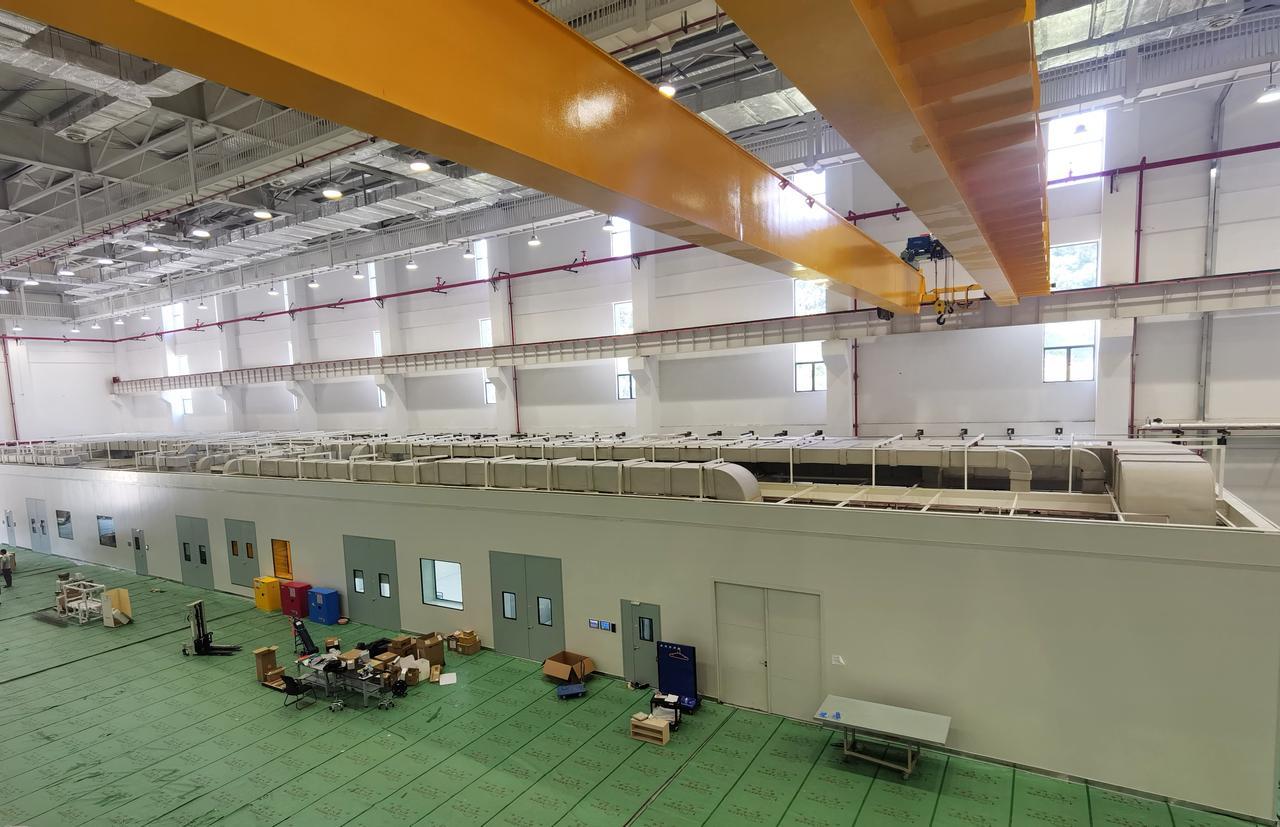
△ Precision experimental environment integrated device project of the Southern Advanced Photon Source Research and Testing Platform (SAPS-TP) undertaken by Nanjing Expansion Technology
Today, when laser beams are precisely focused in an ultra-clean environment, and when detectors capture the mysteries of the quantum world in a constant temperature space, we know that every technological breakthrough “behind the scenes” paves the way for scientific discoveries “on stage.” In the future, Expansion Technology will continue to use technology as its pen and ingenuity as its ink, to cultivate and develop in the construction of optical precision laboratories, working hand in hand with thousands of scientific researchers to allow more world-changing innovations to start here.
——Because we firmly believe that the ultimate experimental environment is never a supporting role in science, but an important footnote in the advancement of human civilization.

Related News



